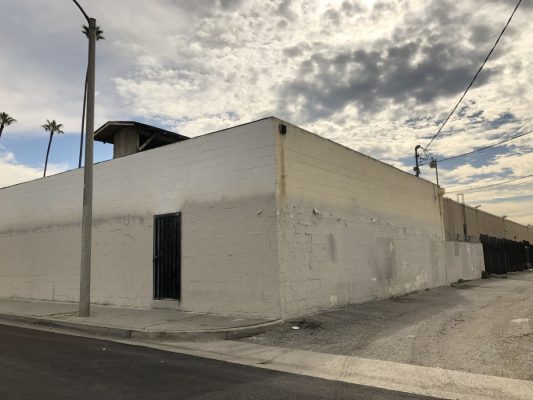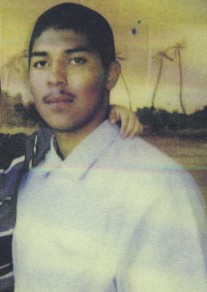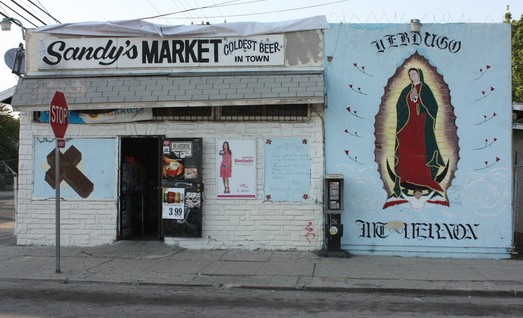The other day, I was out in Pomona – 40 miles east of Los Angeles — and took a swing by what was once one of the region’s most notorious parks.
In south Pomona, it was for years officially called Madison Park, but known to everyone around as Sharkie Park. The 12th Street gang, which dates to the 1940s, had its territory nearby, took the nickname the Sharkies and used the park as its main hangout.
Gang members who killed were allowed to get a shark tattoo. They feuded famously and endlessly with Cherryville, another Pomona neighborhood gang. They were among four Pomona gangs targeted last year by a federal task force in Operation Dirty Thirds.
Today, the park is an emblem of how gang culture has retreated in Southern California.
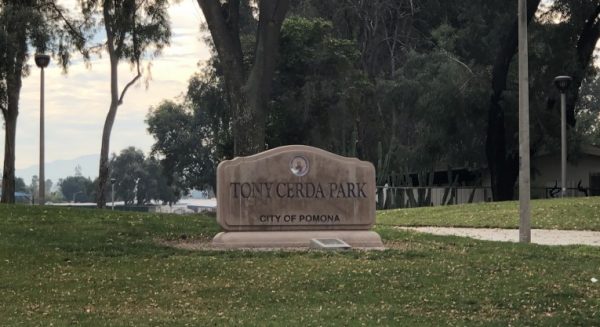
Madison (Sharkie) Park was rechristened Tony Cerda Park, for a local Chicano activist. From Facebook, I’m seeing that it occasionally has exercise classes. Police I spoke with can’t remember the last shooting there — a remarkable fact. Indeed, the park was quiet, with only an elderly fellow riding by on a bike.
I spent some time driving around 12th Street and I found what I’ve found in other once-notorious gang neighborhoods.
Nothing.
No one hanging out. No graffiti.
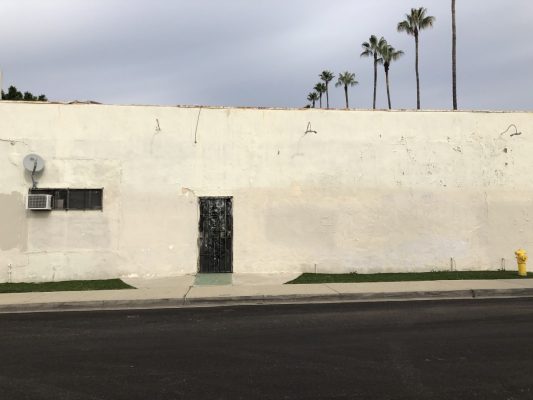
Blank walls everywhere. The only sign that graffiti was once there is what appears to be a floodwaters stain about seven feet high, which is about as high as gangsters could reach with a spray can. It’s where wall owners, or the city, had to paint up to to cover the graffiti.
After that, the wall slightly changes color. You can see this in these pictures.
This is the new sign of Southern California’s change – this floodwater look, as if seven feet of water was once here and has receded. (Beneath it, you can bet, are layers and layers of graffiti alternating with beige or white paint, going back decades.)
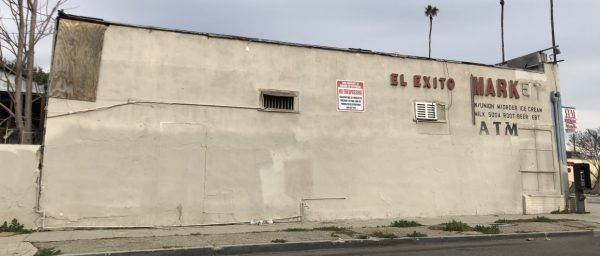
You see this everywhere. It’s a hopeful mark. It means that the scourge that once drowned working-class neighborhoods has departed.
I have no idea if Pomona 12th Street still exists and, if so, in what form; nor do I know what’s happened to their feud with Cherryville. I can say that whatever they’re up to, they no longer are visible on the streets where they gained their reputation. So homeowners no longer have to invest in painting over their graffiti.
Southern California still has some pockets where gangs are an issue. But they’re the exception now.
Once notorious, ex-Sharkie Park is now the rule.
